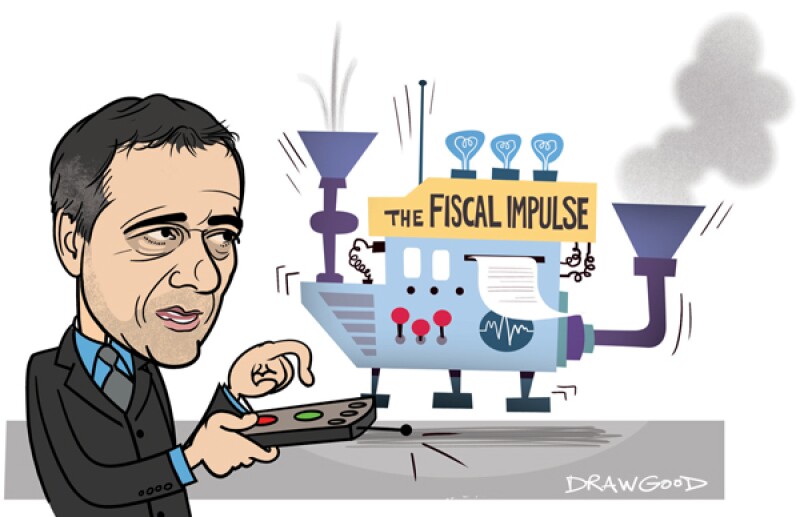
|
Alonso Segura became Peru’s finance minister as the deteriorating global economic environment hit Latin America hardest in September 2014: growth registered 1.1% quarter-on-quarter in Q4 2014, the lowest level since the financial crisis in 2008.
It was still positive, but for an economy that had enjoyed average per capita GDP growth rates of 2.9% since 2000 and had been around 6% for the previous couple of years, it was a slump.
Falling demand for commodities hit export revenues, while currency depreciation, in an economy with high levels of dollarization, played havoc with internal demand and debt dynamics. Global liquidity was drying up, removing the cheap financing options of the last decade.
There were fears that Peru’s growth rate was returning to the inertia of the period between 1961 and 1990, when annual growth barely nudged positive in a region that averaged 2%.
Segura, though, was confident of the country’s ability to respond. First, he was fully aware of the situation, having been an adviser to his predecessor, Luis Miguel Castilla. Second, as part of Castilla’s team, he had already begun to apply fiscal countercyclical stimuli.
Third and most important, he was inheriting a country that over the last 15 years had wisely used the benefits of the commodity cycle, building reserves during the boom years that remained strong even after the 2009 financial crisis.
